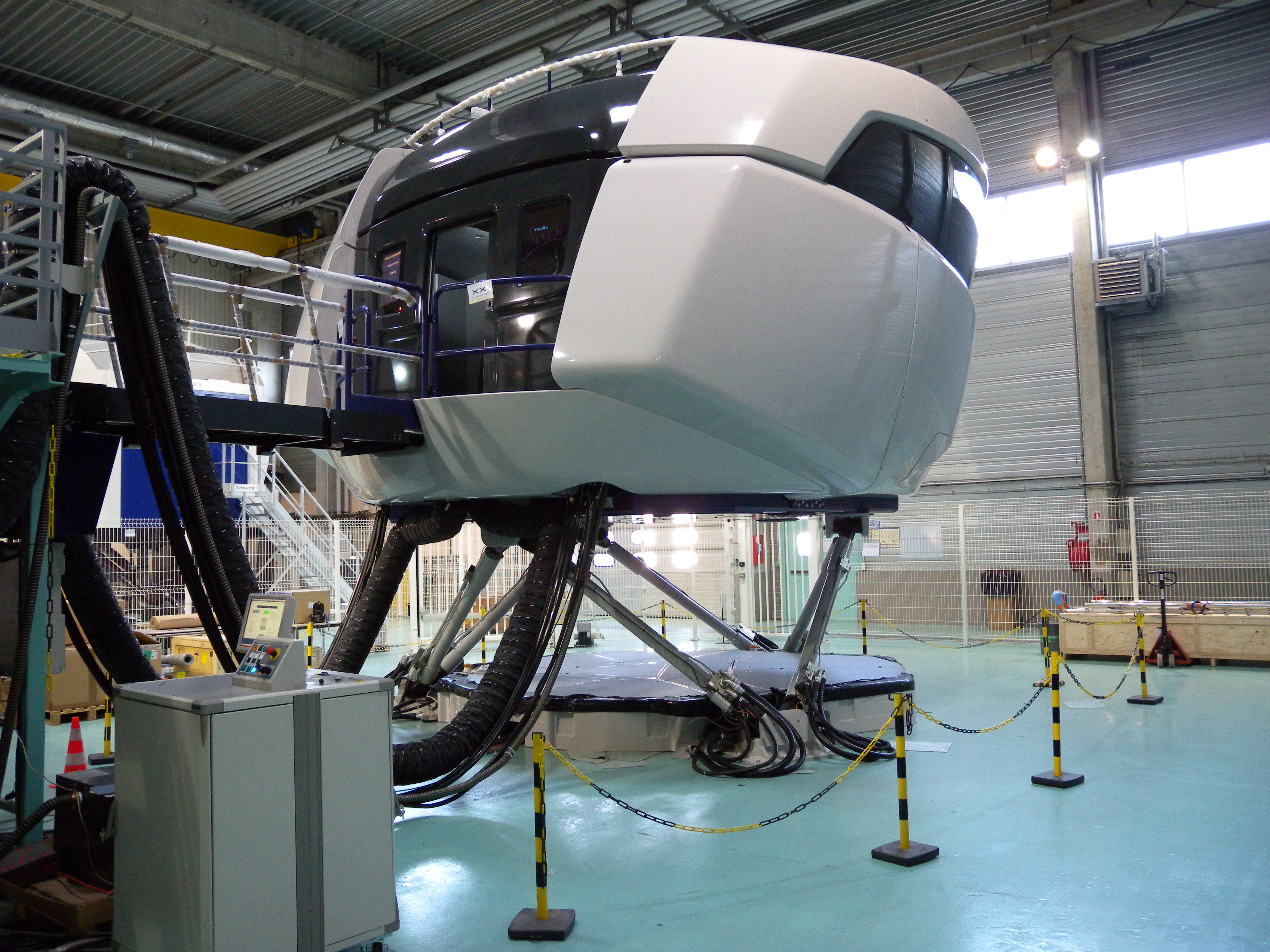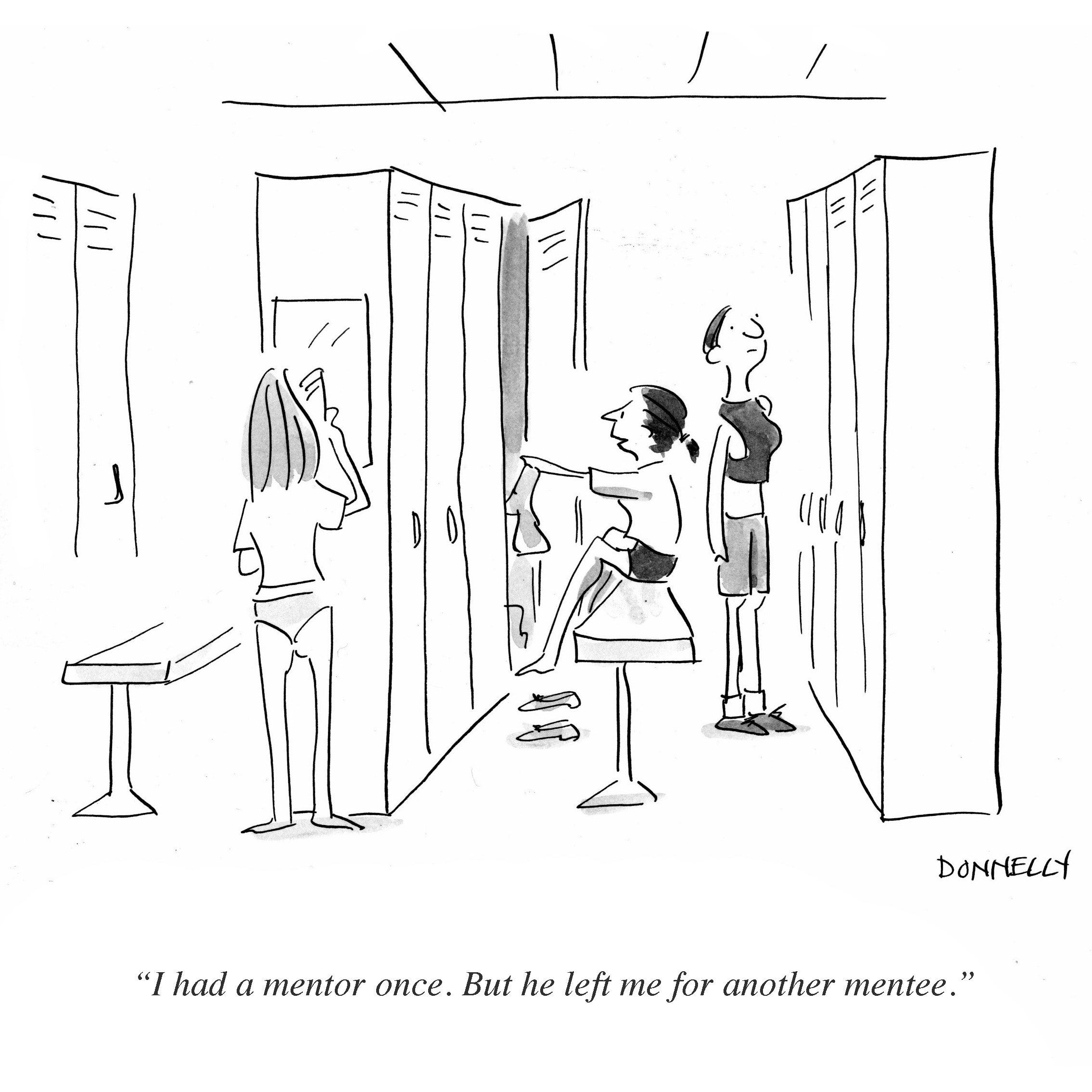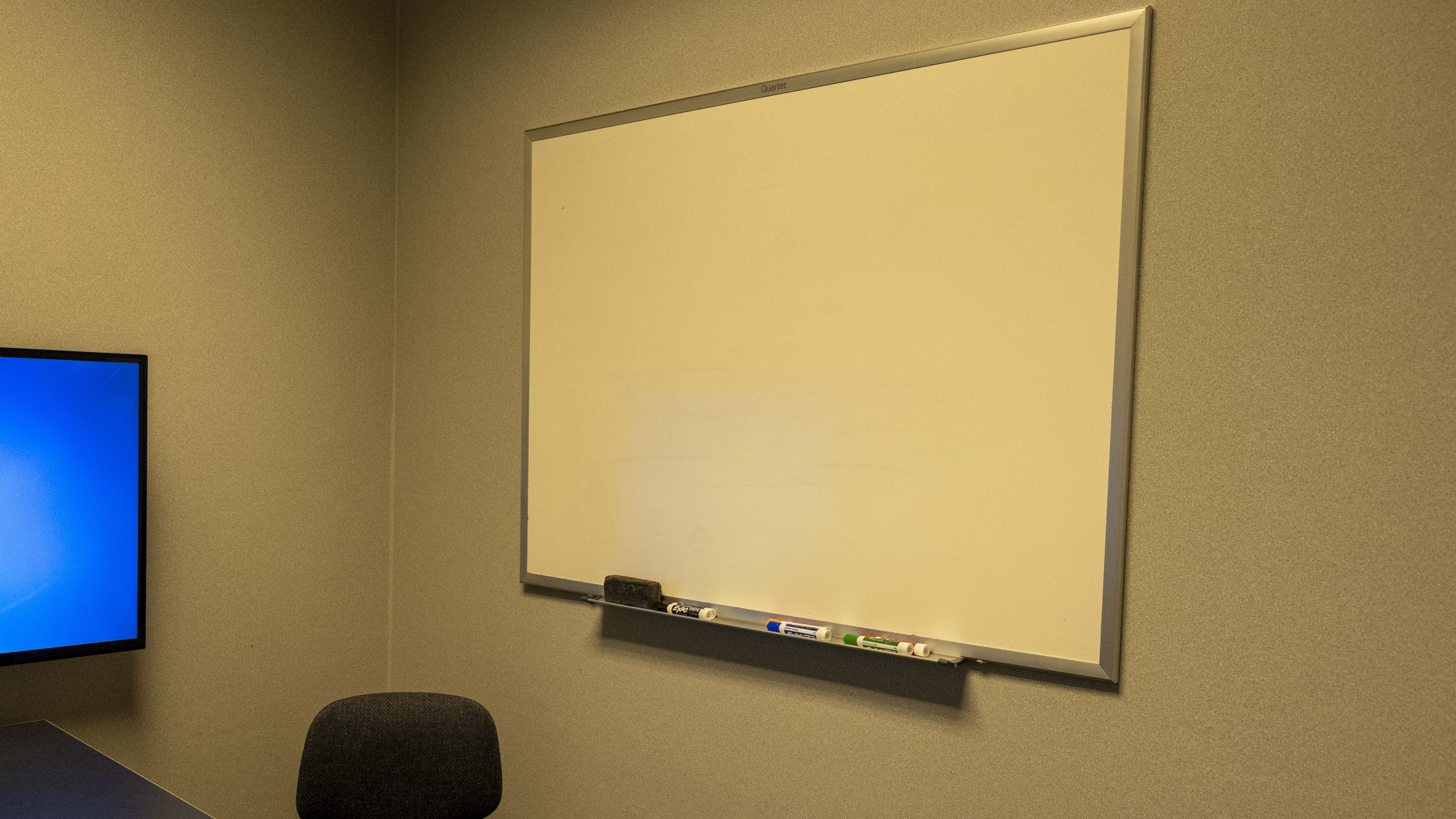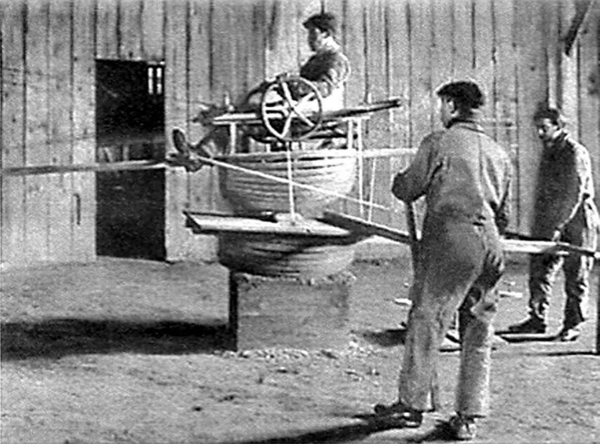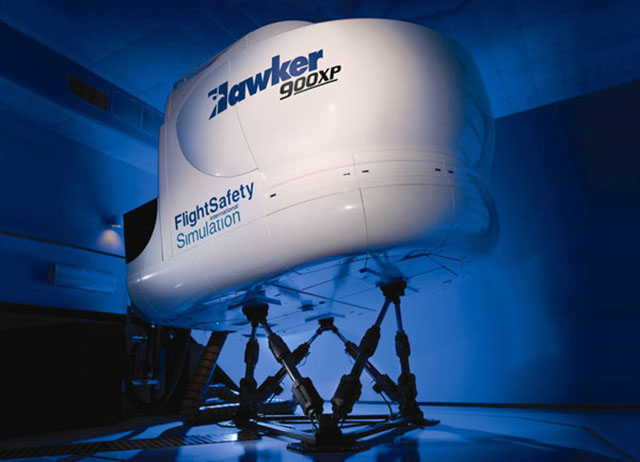I wish I could say every experience at recurrent training has been positive for me, but that would be a lie. I sometimes come away thinking that I’ve wasted my time and my company’s money. Despite this, my next recurrent may be just the opposite: the instructors may keep me fully engaged, every day may bring a new “A ha!” learning experience, and I will think I’ve become a better pilot because of the experience. The only difference between the good and the bad training was the instructor.
— James Albright

Updated:
2021-03-15
So, what right do I have to offer any critique or recommend any fixes? I am, after all, just a customer and student in the process. Sure, I have been a customer and student in the process for a very long time (forty years and counting), but I’ve never sat behind the panel of a six-axis simulator. I have been operational all these years. And that, I think, is the point.
No matter your experience level in the instruction business, please allow me to make a few points. If you are brand new to the simulator instructor role, I hope this puts you on the right foot and gives you the motivation to stay there. If you are a seasoned pro, I hope this gives you a “heading check” of sorts.
If I get preachy here, please forgive me. I have a lot of baggage to unpack.
2 — Find a mentor, so that you may someday become a mentor
3 — Avoid the ad lib, we know when you are bluffing
4 — Be the expert, but teach at the level your students require
5 — Prepare to be a great instructor, don’t “wing it”
6 — Stick to the script, don’t waste our time
7 — Keep it relevant, explore your envelope on your own time
8 — Don’t give in to the lowest common denominator, raise the bar
9 — Remember every job can be boiled down to customer service

1
Embrace your new career
It would be easy to look at your peers and conclude your new job is made up of those on the way up and on the way down. For every “up and comer” trying to build experience and perhaps a type rating or two, you have those who lost their medicals or couldn’t find a suitable job to replace the one they had. You can wallow in this “island of misfits,” if you choose to. With this kind of motivation, you will be a disservice to your students and to yourself.
It would be far better to recognize the job for what it is. If you are on the way up, it is more than a chance to build time, it is a chance to learn as you teach. If you have been sidelined from a rewarding career in the operational world, it is your chance to give back to the profession that has given you so much. As is true with any noble profession, there are opportunities as well as pitfalls.
2
Find a mentor, so that you may someday become a mentor
Before we became professional pilots, we learned to recognize good and bad pilots. This helped us to picture in our minds the kind of pilot we want to be. The process repeats itself throughout our careers. For example, copilots observe captains for this reason. Each training center will undoubtedly have its share of “rock stars,” instructors who get the best critiques and are most often requested by name. Find them, find out what they are doing right, and try to use that as your launching point.
3
Avoid the ad lib, we know when you are bluffing
The sure sign of an instructor who feels insecure about his or her knowledge is one who has an answer for everything but sources for nothing. Rather than invent an answer, see if someone in class has the answer. I’ve witnessed more than a few instructors state a “fact” unequivocally only to have a student present the real story. In one case the student presented the contrary evidence from the airplane flight manual only to have the instructor say the AFM was wrong. (At the end of the day the instructor had to apologize, enough of us went to the center manager to complain.)
Always remember that the three most eloquent words in the English language are, “I don’t know.” If used correctly, these words will be used often. How can you possibly know everything? Another good answer is, “I am not the expert on this, but let me call the experts I know to find out.”
Bad Instructor Story. I once had a hydraulic failure in a Challenger 604 and had to use the alternate landing gear extension system. The other pilot became panicked and I needed to reassure him it was all going to be okay. When the gear locked down he relaxed, noticeably. That night I asked him why he was so upset, he said it was because no one had ever successfully used the alternate extension system, we were the first. Of course, this is nonsense. A month later I attended recurrent and found the source of the fake news, a recurrent instructor shoveling the fake news to students willing to accept it.
Just like those of us out in the world flying the airplane, your knowledge will increase with experience and diligent study. But how do you maximize your study when all you’ve got is the same materials given to your students?
4
Be the expert, but teach at the level your students require
For an instructor to effectively teach, the instructor needs to have a great breadth and depth of knowledge. It isn’t good enough for a recurrent pilot instructor to have a pilot’s depth of knowledge. Once the instructor has the basics down, he or she should start to live in the aircraft maintenance manuals and become a frequent auditor to maintenance courses. This will provide the instructor with a better understanding of why things behave as they do.
The instructor should avoid any temptation to show off this knowledge to students who are not ready to absorb it or, indeed, needing to absorb it. A good instructor challenges the student with knowledge that is just out of their reach, but not so far that it causes frustration.
Years ago, for my first Gulfstream GV recurrent, I was a sponge ready to learn at the next level. The ground school instructor kept going on and on about "hall effect sensors" to the point he had them all numbered. I asked, "what is a hall effect sensor?" He went on to explain they were on all the schematics he had collected from the maintenance manual, but he couldn't explain what they did or how they worked. One of my fellow students asked, "why should we care?" He paused and finally said, "I guess you don't need to." During our lunch break I walked across the street to the maintenance school and asked. Here is the answer: Hall Effect Sensors. As it turns out, understanding the hall effect sensor does help to realize there is a way to detect current without having electrical power to the sensor itself. But the instructor's desire to impress us with his knowledge did little more than waste our time and lower our opinion of him.
5
Prepare to be a great instructor, don’t “wing it”
I can pretty much get a sense of how an instructor is going to be the moment I walk into the briefing room. If the white board is blank except for "Welcome" I already know the instructor is probably going to put minimal effort into the brief and debrief. On the other hand, when I walk in, if the white board is filled out with the day’s events as a guide for talking points (as I know it is supposed to be) I know the instructor takes their job seriously and I can expect a productive and thorough briefing and debriefing.
6
Stick to the script, don’t waste our time
You see the same profiles over and over again, so much so that you can almost predict a student’s mistakes in advance. A poor instructor becomes bored with this and looks for ways to liven things up. A good instructor uses this to better teach the student to learn from the mistake. Most recurrent training vendors invest countless hours into training scripts that are made to maximize the benefit of every precious minute of simulator time. An instructor who deviates is more often than not cheating the student of this benefit.
Bad Instructor Story. I was flying the simulator as the instructor wished, doing something off script but something the instructor thought would be interesting. It might have been worth a few minutes of our time, but I was starting to wonder about all the things undone during our progressive checks and the fact the simulator was booked immediately after our allotted four hours. For the last event of the day, we were at 41,000 feet for the predictable loss of cabin pressure, but our instructor had a curve ball for us. “I want you to do a high dive down to 2,000 feet at the final approach fix.” I complained but he said it would good training. Passing 8,000 feet, VMO dropped from 348 to 300 knots and a loud, annoying overspeed clacker announced that I had exceeded an aircraft limitation. But we got the airplane on the ground. During the critique the instructor heavily critiqued my stick and rudder skills for the sin of exceeding VMO. I paid him back in full with a written critique.
Every good leader knows that a bad technique when delivering bad news is to blame the bureaucracy. “I think this is stupid, but it is above my paygrade.” A better technique is to understand the rationale behind the decision and preach it as if you believe it. This can be applied to many recurrent training instructors I’ve known over the years. “I don’t like it, but the Feds want us to do this. It says so in 61.58 (or 135.293).” There are no shortages of scapegoats: the FAA, the manufacturer, even your own company. That is the spineless way to tackle this problem. The better way is to understand the rationale behind having to teach the way you do, embrace that, and make it transparent to your students.
7
Keep it relevant, explore your envelope on your own time
Fulfilling the very long list of training requirements set by the FAA, EASA, and the clients’ companies can be difficult, but most curricula include enough time for student requests. These can be especially rewarding for students wrestling with problems out in the field. But you may find yourself with 30 minutes left over and students who don’t have the imagination or stamina to come up with meaningful and relevant events worthy of a multi-million-dollar simulator. Here is where you get a chance to go off script in a meaningful way, but you need to keep everything relevant to the task at hand: flying a complex airplane safely.
Perhaps the best way to illustrate the challenge is to compare the worst ideas I’ve seen with the best. Here are those from the hall of shame I have compiled over the years:
- “Let’s see if we can fly under the Golden Gate Bridge.”
- “What if we have a cabin fire and the only place to land is at minimums and the only approach available is a circle to a contaminated runway?”
- “Let’s pretend you fell asleep and didn’t notice the left engine flamed out and the airplane started flying sideways, and then . . .”
The Golden Gate scenario is obviously a waste of time but what about the other two examples? They could happen, right? Sure, but given the valuable resource you are flying and your mission to make your students better pilots, wouldn’t the following examples be better:
- “We talk about oceanic drift downs as if they are simply a matter of pushing a throttle forward and pushing the nose down. But what is the best way to do that, and will it actually produce the results you are depending on?”
- “There have been (insert your number here) wing strikes during crosswind landings in this aircraft, are you comfortable with the required crosswind procedure at the maximum demonstrated crosswind value?”
- “A (insert your aircraft type) crew saw this (insert the most recent example) the other day and had to reinvent the book. Let’s give it a try and see if we can do better.”
8
Don’t give in to the lowest common denominator, raise the bar
Whenever an instructor starts a session talking about motorcycles, camping, politics, or sports, I immediately write down the time. If the time devoted exceeds a few minutes, I start a log. If the log totals an hour or more, I fire up the critique machine.
It is tempting for us students to contribute to this waste of time. The more time spent on downhill skiing, the less time we spend looking stupid. Perhaps the instructor’s motivation is the same. No student wants to be the killjoy and bring up the fact, “we are here to learn, you are here to teach.” But an instructor who treats every minute in class or the simulator as a valuable commodity, becomes a valuable commodity him or herself.
I often come away from a recurrent classroom or simulator session thinking that a fellow student forced me to “up my game;” they made me a better pilot. I sometimes think the same of the instructor. Sometimes, but not always.
9
Remember every job can be boiled down to customer service
We are your customers. The way an instructor can make a real difference is by discovering what each client needs and providing it. This involves an artful mix of humility, perception, insight, intuition, empathy, knowledge, teaching skills and technique, and a generous helping of psychology. In any sim session or ground school, the client can expect to be presented with a handful of "touchpoints," moments where they can connect with the instructor and actually take away useful and valuable lessons. Sometimes a touchpoint occurs when an instructor connects pieces of disparate information from different manuals. Sometimes it's a mnemonic. Sometimes it occurs from a simple demonstration in class. “I'm going to try to snap my fingers at the same time in each hand, but one snap will always occur a few milliseconds before the other. That's the way your wing stalls. And you will roll.”
Being a recurrent instructor can seem like a thankless job. The initial instructor turns untyped pilots into typed pilots. An entry into service pilot sees his charges turn from timid, barely qualified crewmembers into confident pilots. But a recurrent instructor can initiate and maintain a positive feedback loop by connecting with every student. “I learned from you today, your techniques were very good and there were some that I’ve never seen before. Please feel free to contact me anytime with any questions, and please let me know how I can do my job better with an honest and constructive critique.” With an open line of communications like this, someday that student may just call back, and tell you the most gratifying words an instructor can ever hear: “You saved my life today. . .”
